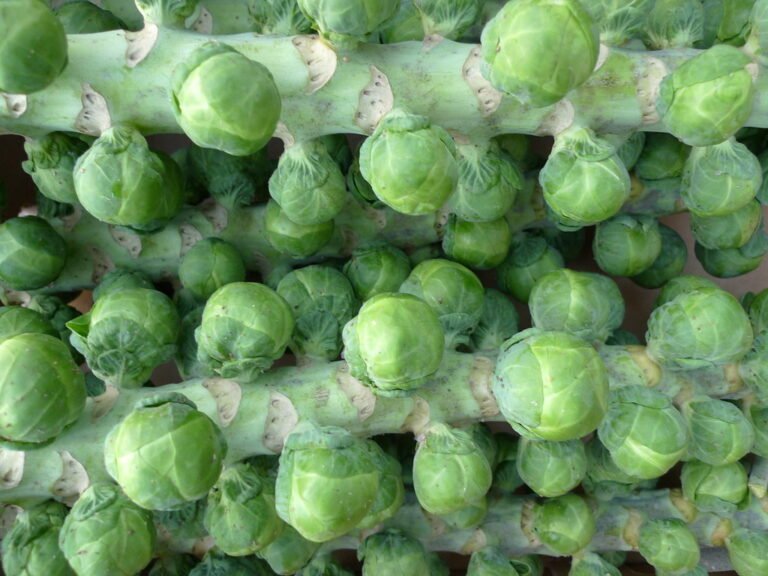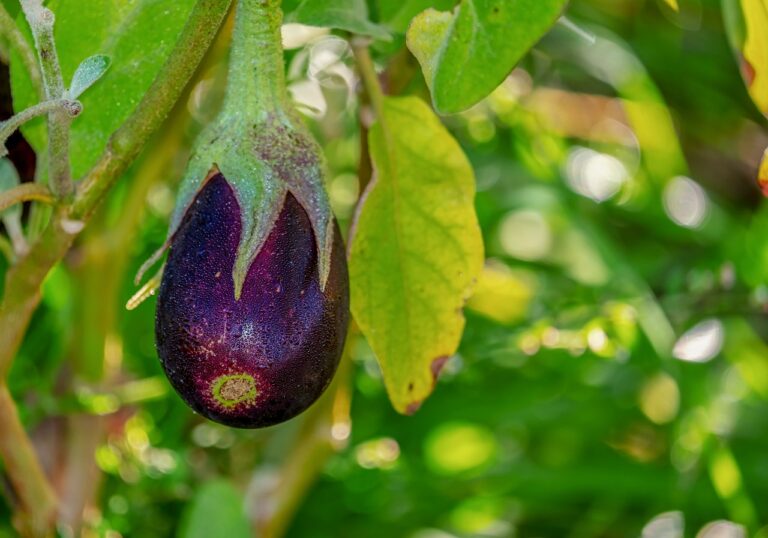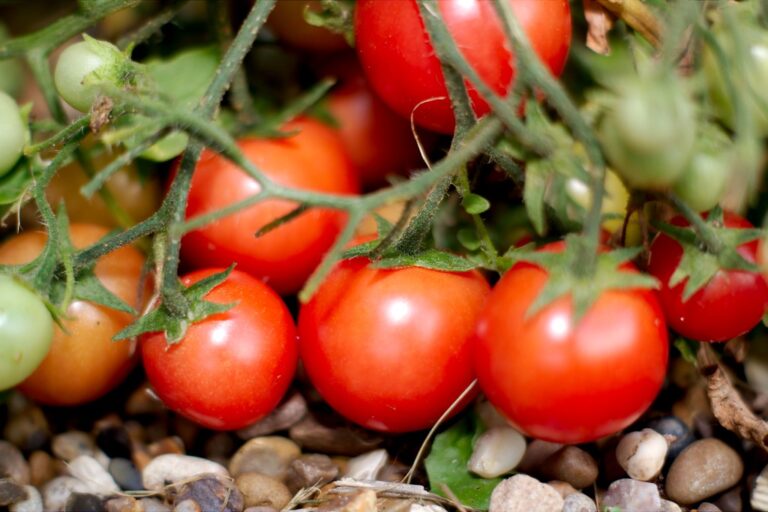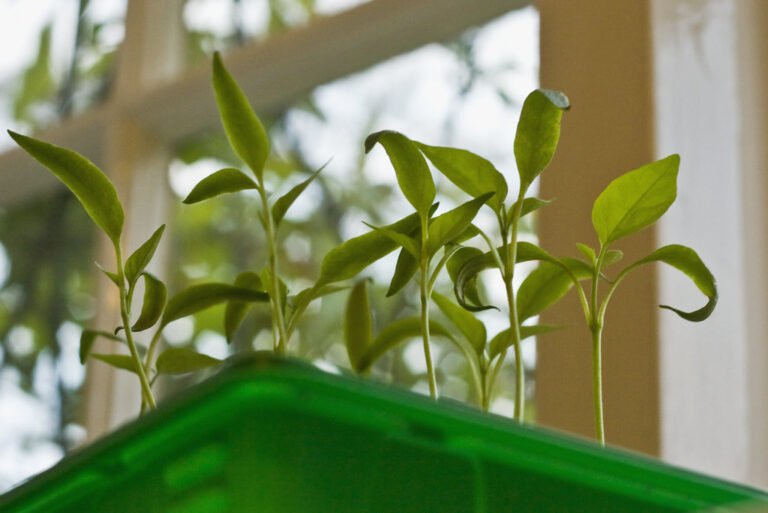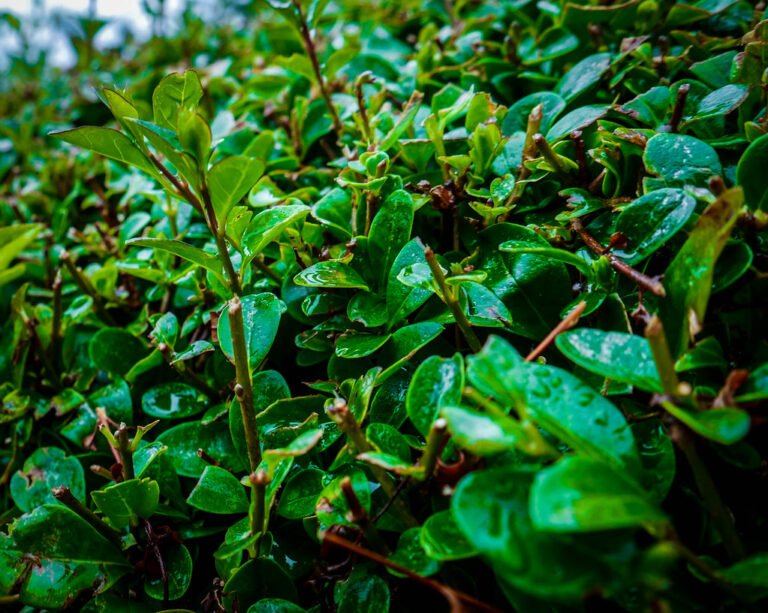The Growth Timeline of Green Beans
In the seed germination stage, green beans show root emergence within 7-10 days under ideal conditions. Accelerated metabolic activities help establish a strong foundation for growth. This initial phase is critical for successful cultivation and harvest, often overlooked. Later, early growth focuses on root development and photosynthesis. In the pod development period, monitoring is essential for determining the best time for harvest. Maturation and harvesting occur around day 50-55, ensuring best flavor and tenderness. Following these stages leads to higher yield and quality. Further details provide insight into continuous production tips for a bountiful harvest.
Seed Germination Stage
In the early stage of the green bean growth timeline, the germination process starts with the softening of the seed casing, followed by the emergence of the root, typically within 7-10 days under ideal conditions. Germination is a critical phase in the life cycle of a green bean plant, where the dormant seed awakens to life. The warmth plays a significant role in this process, as it accelerates the metabolic activities within the seed, promoting quicker germination.
As the seed casing softens, the root, also known as the radicle, is the first part of the seed to emerge. The root growth during germination is essential as it establishes the foundation for the seedling’s initial development. This early root establishment ensures that the young plant has access to water and nutrients essential for its growth.
Once the root emerges, it begins to elongate and investigate the surrounding soil for moisture and nutrients. This investigation is vital for the seedling’s survival and growth. The green bean plant’s journey from a dormant seed to a seedling starts with this germination phase, marking the beginning of its life cycle filled with growth and development.
Early Growth Phase
During the early growth phase of green beans, seedlings focus on developing a robust root system to support their future growth. Green beans typically germinate within 7-14 days after planting, with the exact timing influenced by soil temperature. As the seedlings emerge, they begin to form their first set of true leaves, marking the shift from relying on seed reserves to actively photosynthesizing for energy.
At this stage, the primary objective for green bean plants is to establish a strong and extensive root system. The roots play a critical role in absorbing nutrients such as nitrogen, phosphorus, and potassium, along with water, from the soil. This early growth phase is essential for the plants to secure the resources needed for healthy development and productive yields later on.
Ensuring ideal conditions during this phase is pivotal as young green bean plants are particularly vulnerable to pests, diseases, and environmental stressors. Close monitoring and appropriate care practices are essential to safeguard the seedlings as they focus on root development. Providing sufficient water, nutrients, and protection from potential threats will contribute significantly to the successful progression of green beans through this early growth period.
Pod Development Period
The pod development period in green beans marks a critical stage where the edible part of the plant forms after successful pollination. This phase is essential for the growth and maturation of green beans before they are ready for harvest. Here are some key points to understand about the pod development period:
- Timing: The pod development period typically occurs approximately 10-14 days after the flowers have been successfully pollinated. This is when the small pods start to form and grow rapidly in size.
- Pod Growth: During this stage, the pods on green bean plants undergo significant growth, evolving from a small, immature stage to a full, elongated shape. The pods begin to fill out with seeds, which are the edible part of the plant that we eventually harvest.
- Importance of Monitoring: Monitoring the pod development period is vital for determining the best time for harvesting green beans. Harvesting at the correct moment ensures that the beans are at their peak freshness and flavor, making this stage an essential factor in the overall quality of the harvest.
Understanding the nuances of pod development in green beans is crucial for successful cultivation and ensuring a bountiful harvest of delicious, fresh produce.
Maturation and Harvesting
At the point of maturation, green beans are carefully harvested to guarantee peak freshness and flavor preservation. Green beans reach maturity around 50-55 days after planting, at which time they should be harvested promptly. It is vital to harvest green beans when the pods are still firm and crisp, and before the seeds inside become visible. This guarantees the beans are at their best quality for consumption.
Regular harvesting is essential to encourage continuous production of green beans throughout the growing season. By picking the beans every few days, you promote the plant to produce more pods, resulting in a higher yield. Harvesting green beans should ideally be done in the morning when sugar levels are at their peak, enhancing the flavor of the beans.
Proper harvesting techniques play a significant role in maintaining the quality and yield of green beans. When harvesting, it is crucial to handle the pods carefully to prevent damage. By gently pulling the pods from the plant, you can ensure that the beans remain intact and fresh. Harvesting at the right time and with the correct methods is key to enjoying delicious, homegrown green beans.
Peak Flavor and Tenderness
To achieve the best flavor and tenderness, green beans should be harvested when the pods are young and slender, typically measuring around 4-6 inches in length. This is the best time to enjoy green beans at their peak quality. Here are key points to take into account:
- Important Harvest Time: Green beans offer peak flavor and tenderness when picked before the seeds inside the pods fully mature. Harvesting at this stage guarantees a crisp texture and a sweet taste that is highly sought after in culinary dishes.
- Avoid Overmature Pods: Overmature green beans can quickly lose their tenderness, becoming tough and stringy. Additionally, the flavor diminishes as the seeds inside the pods become more developed. It is vital to avoid harvesting green beans past their prime to maintain the desired quality.
- Regular Harvesting Practices: Implementing a routine harvesting schedule promotes continuous production of tender green beans throughout the growing season. Regularly picking the beans encourages the plant to produce more pods, ensuring a fresh supply of flavorful and tender green beans for consumption.
Harvesting green beans at the right time is essential for achieving the desired texture and taste in your dishes. By adhering to these guidelines, you can savor the peak flavor and tenderness that green beans have to offer.
Continuous Production Tips
For efficient and continuous production of green beans, consider staggering plantings every 2-3 weeks to guarantee a steady harvest throughout the growing season. By staggering planting beans, you secure a continuous supply of fresh pods rather than a one-time harvest. This approach maximizes bean growth and extends the harvest period.
Harvesting green beans regularly is important for encouraging new pod development and prolonging the production period. Regularly picking mature pods not only provides you with delicious green beans but also stimulates the plant to produce more flowers and beans. This continuous cycle of harvesting and pruning is essential for maintaining a productive bean crop.
Opting for bush bean varieties is beneficial for continuous production due to their quick growth and concentrated harvests. Bush beans tend to mature faster than pole beans and produce beans in a more centralized timeframe, allowing for a more efficient and streamlined harvesting process.
Monitoring plant health is crucial in ensuring a continuous harvest of green beans. Address any issues promptly to prevent disruptions in production. Healthy plants are more likely to produce a higher yield of quality beans over an extended period, contributing to a successful and continuous bean production cycle.

